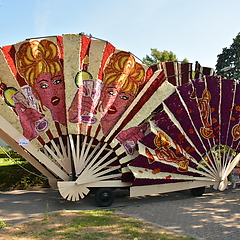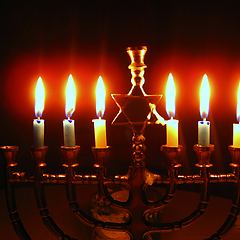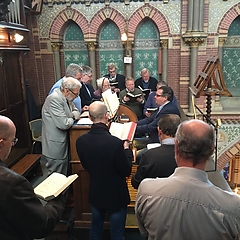The best-known expression of the Saint Martin celebration in Utrecht is the Saint Martin singing, or, as the locals say: In the evening of November 11 children with paper lanterns go singing from door to door. In exchange for singing a Saint Martin song they hope to get sweets of fruit, or some money.
There are many other activities in Utrecht on November 11, all emphasizing the core values togetherness, sharing and justice. In the morning the Utrecht Bell Ringers’ Guild rings the heavy Martin bell in the Dom Tower. The mayor raises the city flag, together with schoolchildren. In the Dom Church the solidarity prize ‘The Cloak of Saint Martin’ is awarded, there are exhibitions, walks, lectures, a free meal for the homeless, an ecumenical vesper in the Dom, the ‘fanfare 11-11’ (a musical lantern parade with a highlighted Saint Martin on horseback), the tradition Saint Martin Fair at the Oudegracht, a Saint Martin children’s party in the Dom and more.


